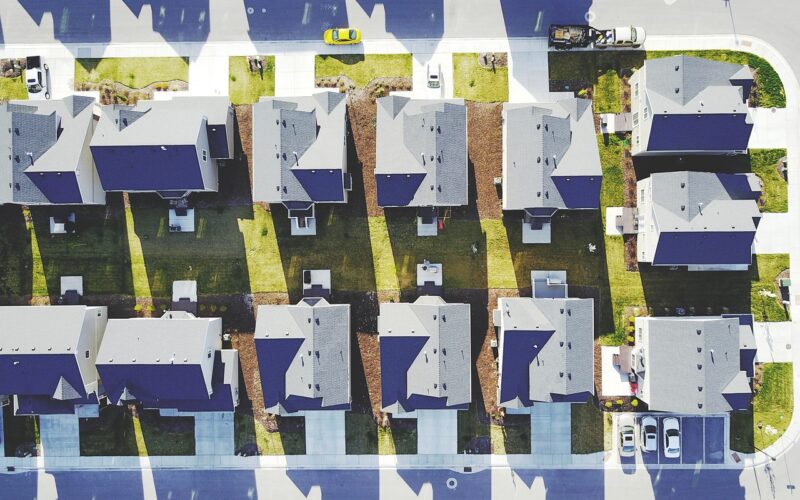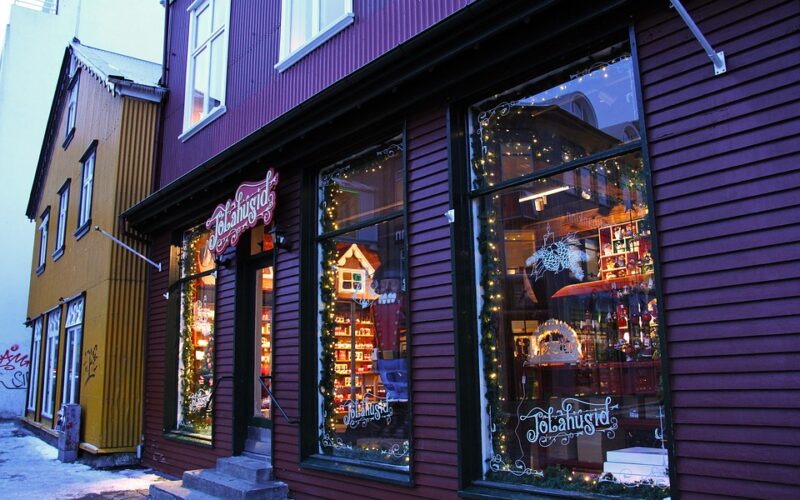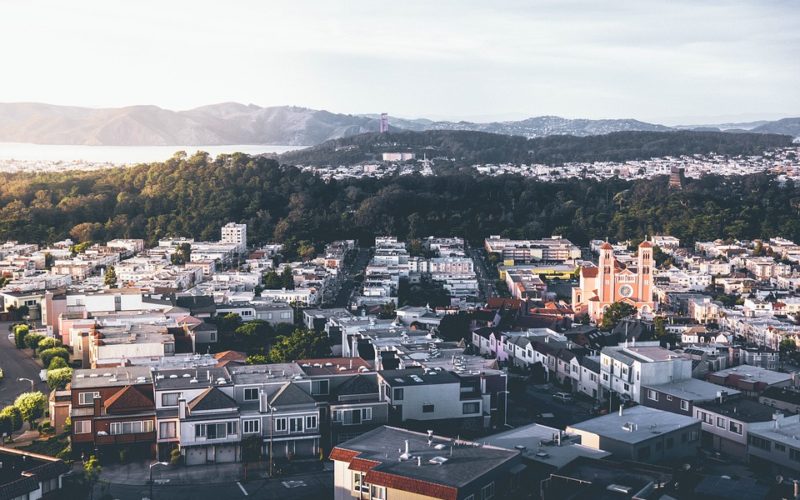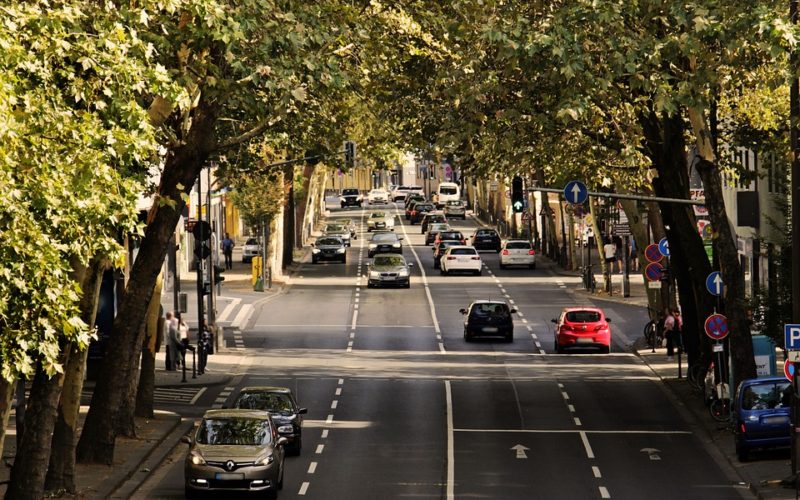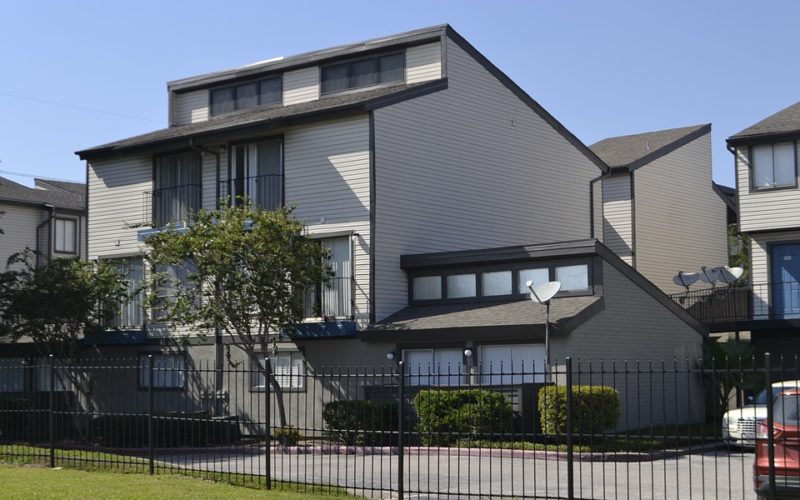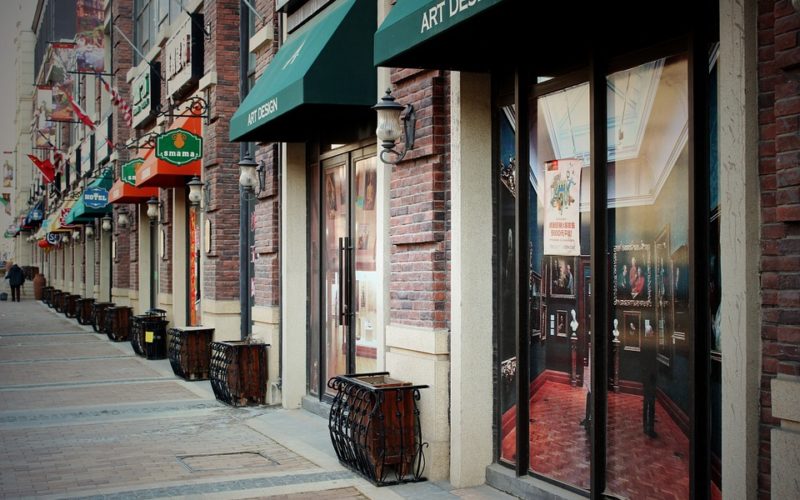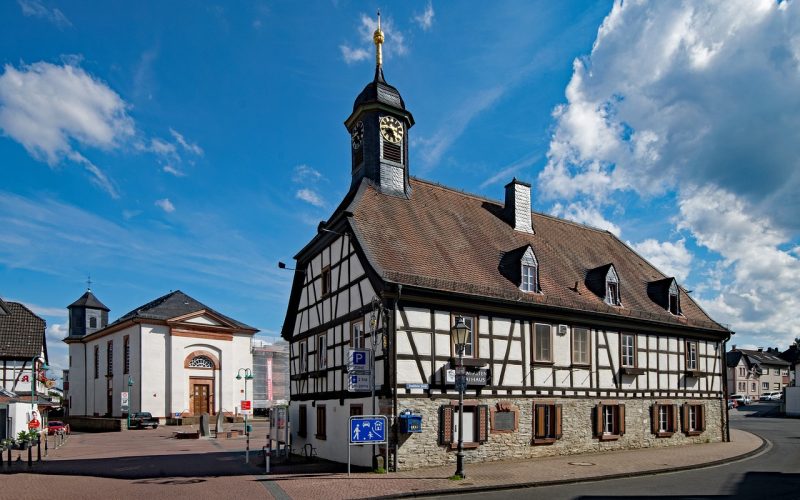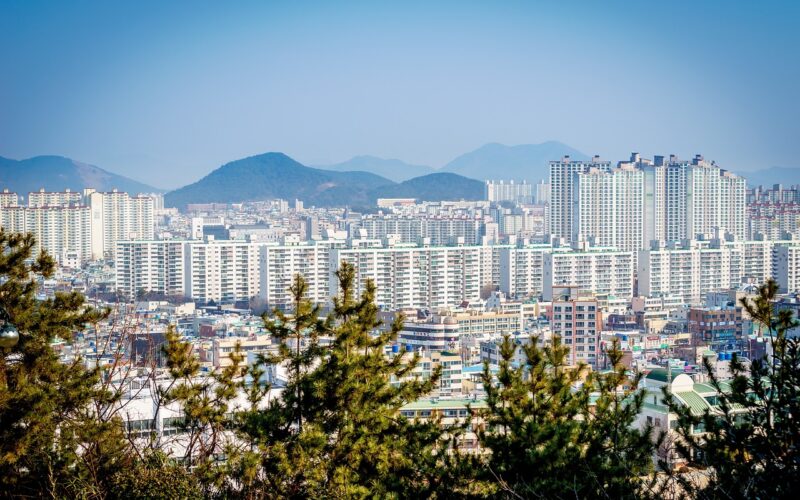A Formidable Task
Revitalising urban neighbourhoods stands as a formidable task that involves a multitude of strategies to rejuvenate areas while preserving their unique heritage.
An essential component of this revitalisation process focuses on heritage preservation, ensuring that the rich history of a neighbourhood is not only retained but celebrated. This involves the careful restoration of historical buildings and landmarks, integrating them into the new urban landscape.
Such efforts foster a sense of pride and continuity among the community members, connecting newer generations to their cultural roots and stories that these ancient edifices hold.
Engaging with local residents
Community participation plays a pivotal role in the revitalisation process, as it ensures the needs and desires of the existing residents are met.
Engaging local residents in the planning and decision-making processes helps create a shared vision for the future of their neighbourhood. This inclusive approach encourages a stronger sense of community and belonging, making the neighbourhood more attractive to both current residents and potential newcomers.
Community gardens, public art projects, and local festivals are examples of initiatives that can enhance community ties and breathe new life into urban areas.
Encouraging local businesses
Creating a safe and friendly atmosphere is paramount for the success of revitalising urban neighbourhoods.
Implementing effective community policing, improving street lighting, and designing public spaces that promote social interaction can significantly enhance the perceived and actual safety of an area. A friendly atmosphere is further cultivated by encouraging local businesses, cafes, and community centres to create welcoming spaces for residents and visitors alike.
These efforts can transform previously neglected areas into bustling hubs of activity where people feel secure and connected.
Drastically reduce noise and air pollution
Restricting traffic in specific areas is a powerful strategy to promote a more liveable and environmentally friendly urban environment.
Pedestrianisation of certain streets or the establishment of low-traffic zones can drastically reduce noise and air pollution, making neighbourhoods more pleasant and healthy for residents. Furthermore, these measures can encourage alternative modes of transportation, such as walking and cycling, thereby fostering a more active and engaged community.
The creation of pedestrian-friendly spaces also offers opportunities for small businesses and local markets to flourish, contributing to the economic vitality of the area.
Promoting recycling and composting programs
Sustainability should be a key consideration in any urban revitalisation project. Incorporating green spaces, implementing energy-efficient building practices, and promoting recycling and composting programs can significantly impact the environmental footprint of a neighbourhood.
These initiatives not only enhance the quality of life for residents but also attract environmentally-conscious individuals and businesses, further diversifying and enriching the community.
Development of affordable housing
Public-private partnerships can be incredibly effective in driving the revitalisation of urban neighbourhoods. By leveraging resources, expertise, and investments from both the public and private sectors, ambitious projects that might otherwise be unfeasible can be realised.
These partnerships can lead to the development of affordable housing, state-of-the-art community facilities, and infrastructure improvements that benefit the entire community.
Fostering a strong community spirit
Finally, it is crucial to maintain an ongoing dialogue and feedback mechanism with the community to ensure that the revitalisation efforts continue to meet the needs of the residents.
This dynamic approach allows for adjustments and innovations in response to changing circumstances, ensuring that the revitalised urban neighbourhood remains vibrant, inclusive, and sustainable for generations to come.
Through careful planning, collaboration, and a commitment to preserving the unique heritage and fostering a strong community spirit, revitalising urban neighbourhoods can dramatically improve the quality of life for all its residents.
